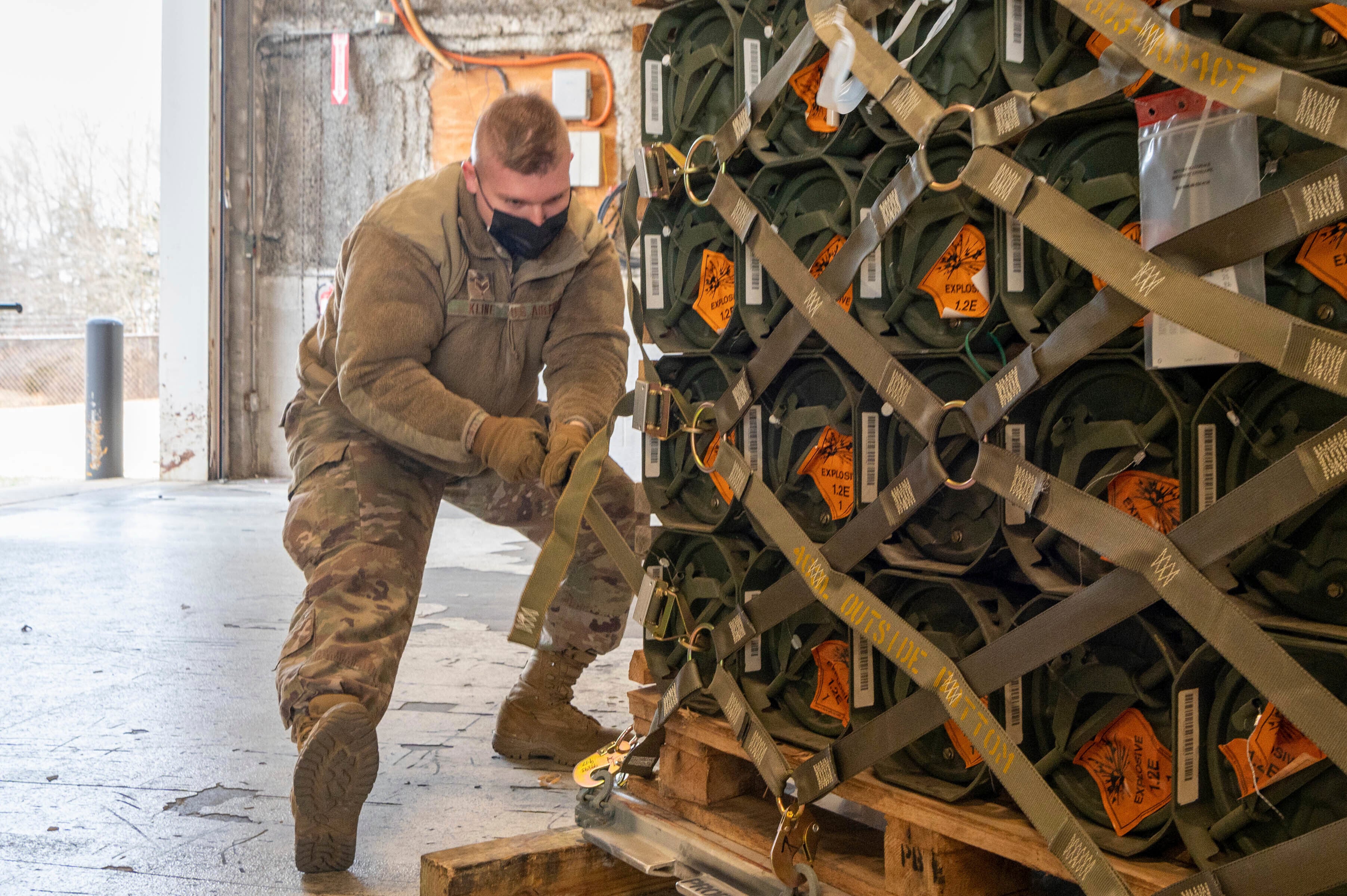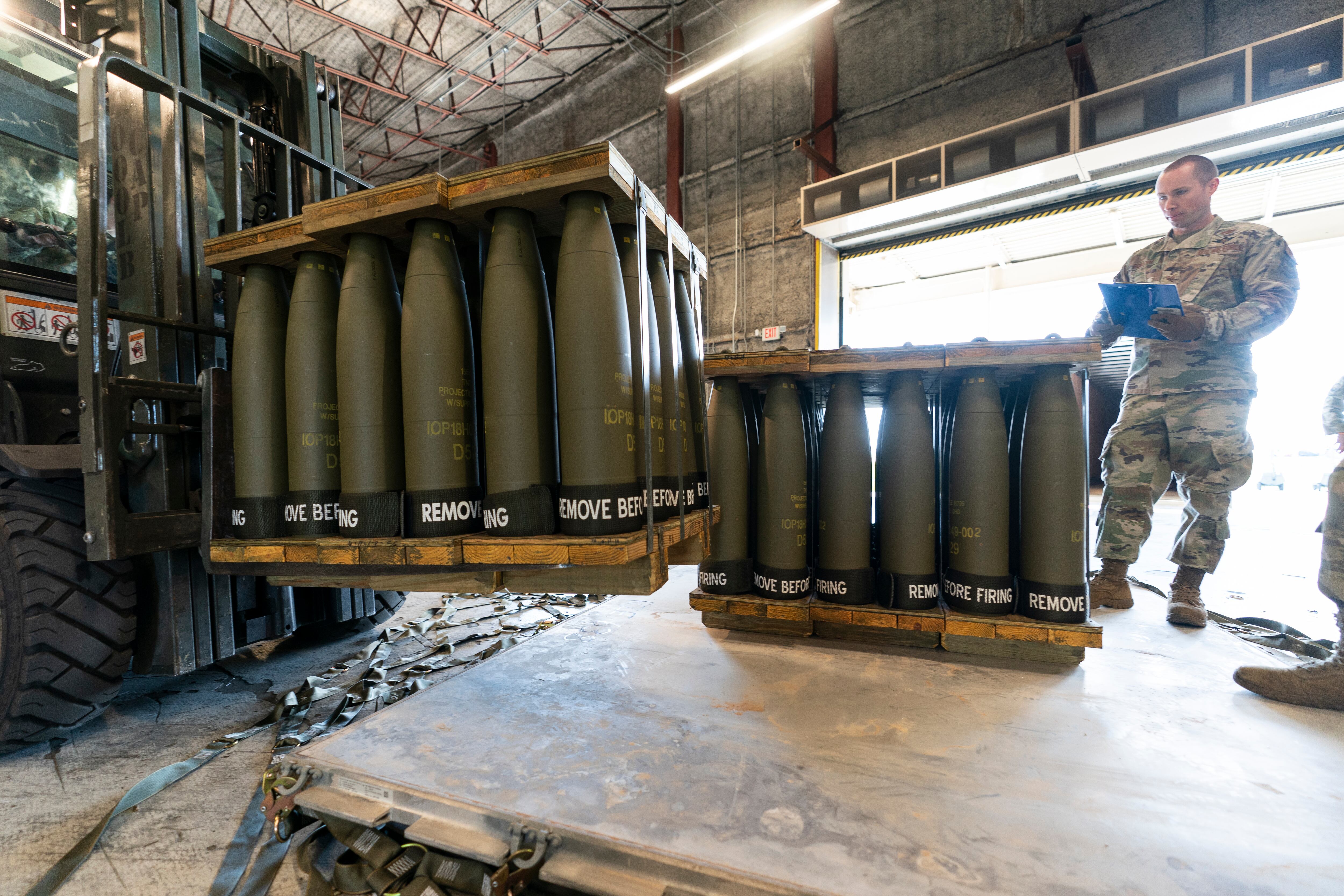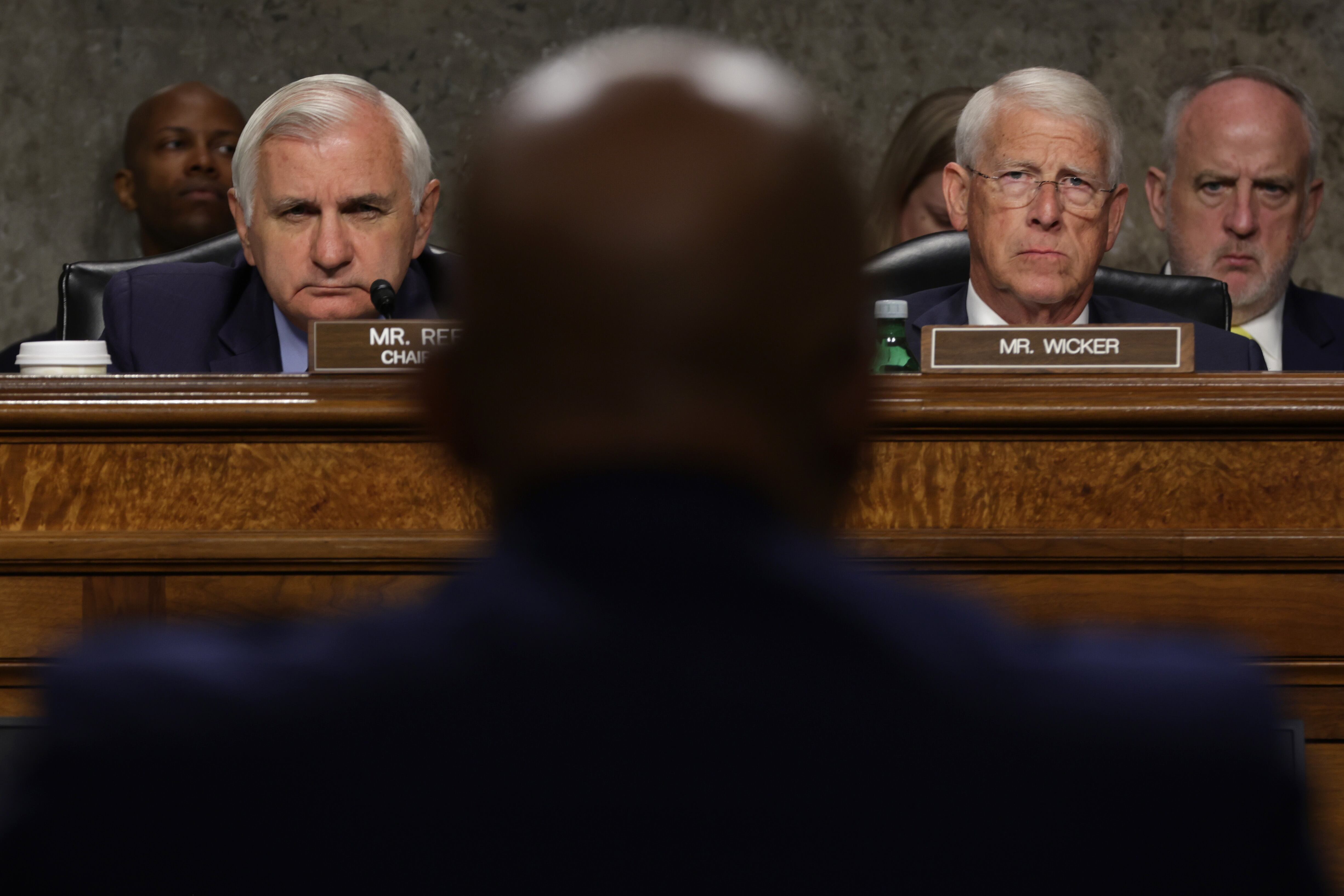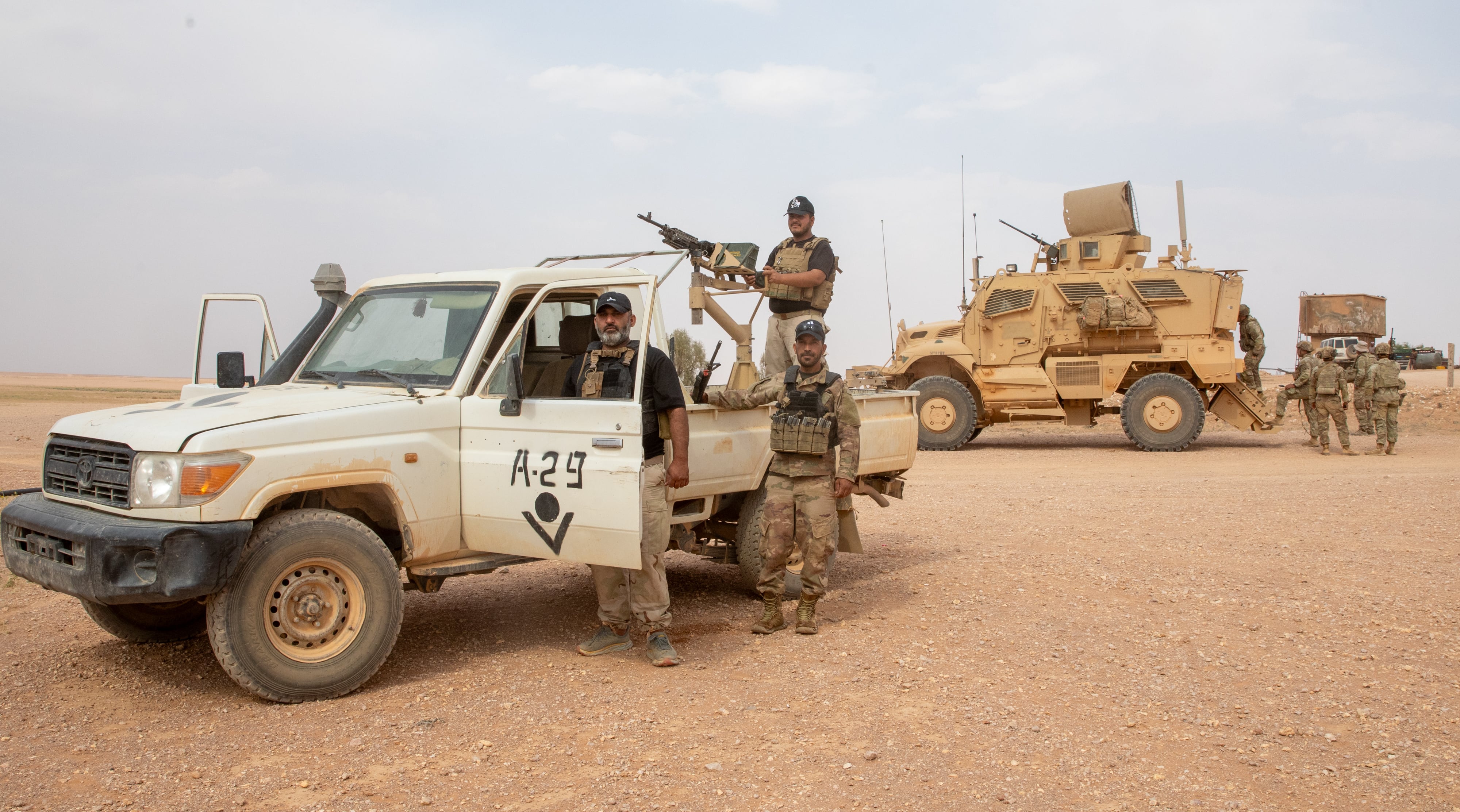WASHINGTON ― U.S. Defense Secretary Lloyd Austin assured lawmakers Tuesday he wouldn’t let stockpiles of critical munitions fall below minimum levels, as the U.S. sends its own weapons to Ukraine’s defense against Russia.
At a Senate defense appropriations committee hearing on the Pentagon’s 2023 budget request, lawmakers pressed Austin over the struggles to replenish the stocks of munitions that the Biden administration has sent abroad.
“It’s very critical to ensure that we maintain what we consider to be our minimum required stockage levels, and you can rest assured that I will not allow us to go below that in critical munitions,” Austin said.
Ukraine’s fight to repel Russia’s invasion has hinged on the ability of the U.S. and allies to quickly send equipment like Javelins and Stinger anti-aircraft missiles from their own supplies. At the same time, the administration is working with a defense industry beset by supply chain issues to keep pace with demand.
U.S. President Joe Biden’s visit to Lockheed Martin’s Javelin factory in Alabama is expected to highlight those concerns ― as well as the massive $33 billion Ukraine aid supplemental that Biden requested last week. That request includes $550 million to establish a new Critical Munitions Acquisition Fund, which Austin has said would let the Pentagon establish a “strategic reserve” for munitions.
The Pentagon has been tight-lipped about the levels of its own equipment and offered assurances that military readiness is not in jeopardy. The exchanges Tuesday on Capitol Hill didn’t delve into the specifics of how the Pentagon calculates the minimum level of its stockpiles or its readiness, but Austin was upbeat.
RELATED

On Tuesday, Sen. John Boozman, an Arkansas Republican and senior appropriator, said that missile stockpiles, after the Pentagon had bought the minimum levels for years, where being “stretched thin.”
“I’m hearing from industry some of the challenges they face with trying to increase production rates while shortening lead times,” Boozman said. “How critical is it to maintain the stocks? What can the committee do to help ramp up production efforts to meet demand and replenish our stocks?”
Austin said that as the Pentagon has encouraged defense firms to increase production, some are “leaning forward.” Though he said that “it’s a little more difficult to do” with some equipment.
“But industry has been very supportive, and so we’ll continue to work with them,” Austin said. “We’ll continue to identify things that we need, if a need arises. But to this point, I think we’re in pretty good shape, and industry is responding.”
Austin did not push back when Sen. Roy Blunt, R-Mo., said that the 5,000 Javelins sent to Ukraine was a third of U.S. military stockpiles, while the 1,400 Stingers amounted to a quarter.
When Blunt asked if it was possible to backfill that equipment within a year, Austin said the U.S. would do that and help backfill allies with the equipment they seek.
“Certainly, it is not only possible, but we will do that. We will never go below our minimum requirement for our stockpile,” Austin said.
Of the $33 billion in supplemental funding request, $391 million in Foreign Military Financing is for 15 allies in Central and Eastern Europe and the Balkans, while another $322 million is for Ukraine forces to “transition to more advanced weapons and air defense systems.” It also includes includes $5 billion in additional drawdown authority for transferring DoD stocks.
Austin touted the Critical Munitions Acquisition Fund in a press conference last week, saying it would “allow the department to purchase and establish a strategic reserve of vital munitions, like anti-aircraft and anti-tank munitions to surge for this crisis, and quite frankly, crises to come.”
Joe Gould was the senior Pentagon reporter for Defense News, covering the intersection of national security policy, politics and the defense industry. He had previously served as Congress reporter.





